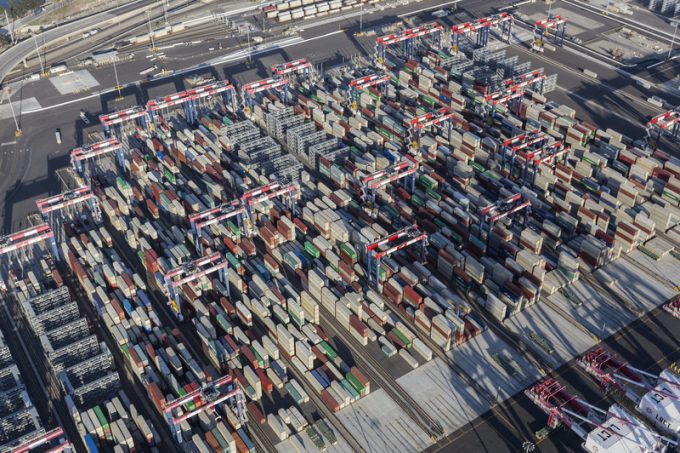Hapag-Lloyd won't take bookings if port congestion leaves cargo stranded
A “cautious” Hapag-Lloyd has warned it will not accept bookings if port congestion leaves cargo ...

As shipping’s port congestion crisis widens, tech-players are hoping to capitalise on calls for improved visibility across container supply chains.
SeaIntelligence’s Lars Jensen noted the lack of any real-time overview of global bottlenecks, as pockets of congestion spring up from Auckland to Singapore to Los Angeles.
“Instead, it is drip-wise in terms of each individual port,” he explained. “Sometimes you can only get the info from a carrier calling at the port/terminal, whereas the port provides no info. Other times it is ...
MSC Elsa 3 sinking – now the 'blame game' begins
Crew saved as MSC box ship, hit by 'monsoon' off Indian coast, sinks
After DSV 'cuts the cake' on Schenker acquisition, time for redundancies?
New services and reinstated blanked sailings boost transpacific capacity
Congestion fear as US west coast ports brace for transpacific cargo surge
$2.1bn E2open purchase will 'catapult WiseTech into a different dimension'
Houthis claim Red Sea safe for box ships not calling at port of Haifa
Bad news for shippers as wave of transpacific rate increases continues
Shippers hold their breath as Trump appeals court ruling that tariffs are illegal
No deals with carriers, say Houthis – Red Sea safe for non Israel-affiliated ships
Shippers brace for rate rise as smart phones expected to drive air cargo market
US importers stockpiling goods to avert autumn shortages amid tariff chaos

Comment on this article